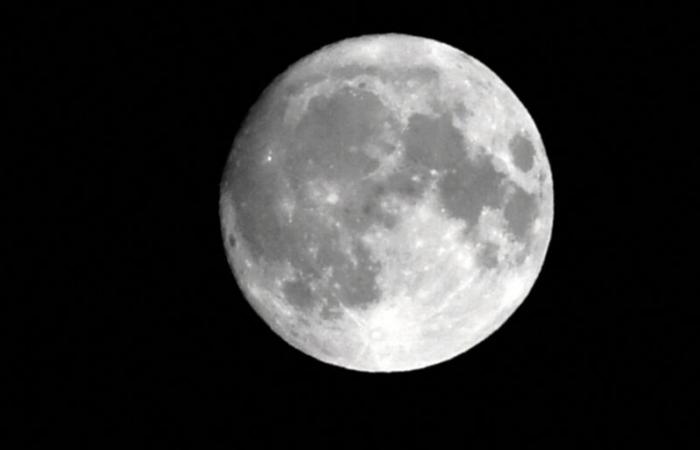It’s an evening you absolutely must mark in your diary. The last Super Moon of the year 2024, according to the Super Moon calendar by Fred Espenak, former NASA astrophysicist, will sparkle in the French sky this Friday. The Beaver Full Moon will be larger and brighter than average.
Where does the term Super Moon come from?
According to the Cité de l'Espace de Toulouse, the term “Super Moon” appeared in the 1970s by the astrologer Richard Nolle and is not officially included in astronomy jargon. He defines this phenomenon as “a full moon which occurs when our natural satellite is closest to the Earth”.
At what time will it be possible to observe it?
At precisely 10:28 p.m., the moon will illuminate the sky to its fullest extent according to the IMCCE (Institute of Celestial Mechanics and Ephemeris Calculation). But it is advisable to prepare a little beforehand in order to observe it. The ideal is to find a clear location, without urban light pollution.
Visible without a specialized device, you can still bring a pair of binoculars or a telescope to enjoy the event. As a bonus of this moon, it will be possible to observe the stars of the Pleiades, in the constellation Taurus.
Why the beaver?
All Super Moons benefit from very unique names which often come from Native American tribes who are accustomed to giving names according to the particular characteristics of each month. And in November, beaver can often be spotted.
When's the next one?
You will have to be patient to be able to enjoy the next Super Beaver Moon scheduled for November 24, 2026. Next year, it will be possible to admire the Hunter's Moon, according to Starwalk, a site specializing in astronomy.






